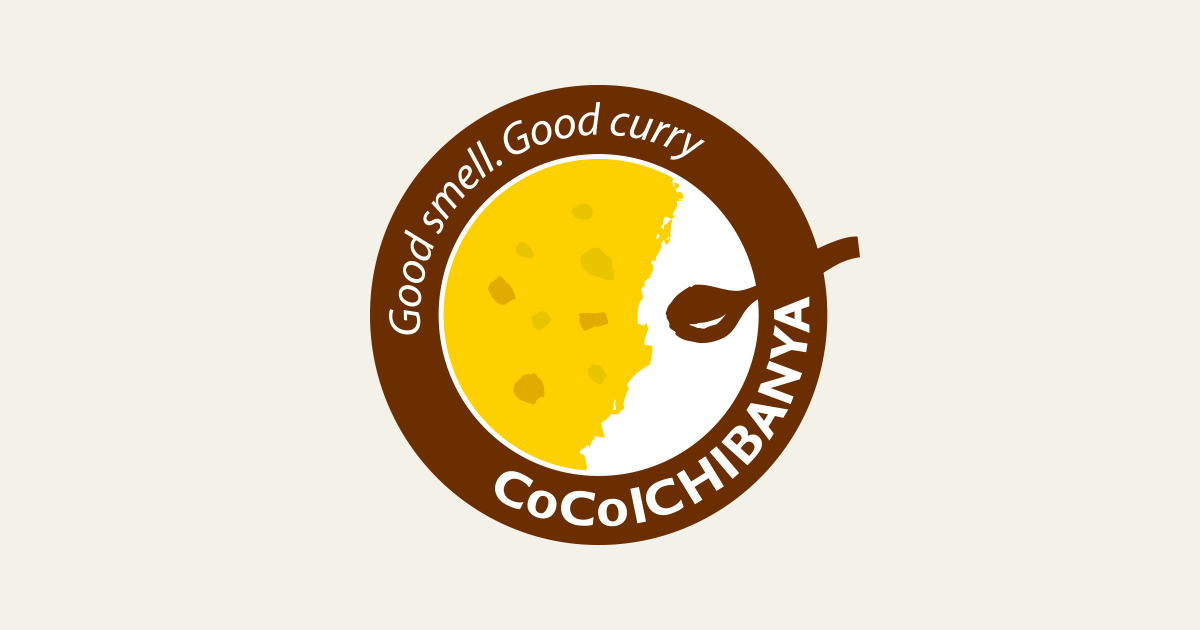One of the greatest joys of visiting Japan is, of course, the food.
But here’s the thing: not all Japanese food experiences are created equal.
When I travel abroad, I usually dive into research beforehand—trying to find dishes I can only taste in that country.
But once I get there, I sometimes catch myself wondering:
“Wait… is this really the local flavor? Or is it just the tourist version?”
I imagine some visitors to Japan feel the same way—
especially if their first sushi experience is from a plastic tray at a convenience store.
So in this article, I’d like to walk you through which types of Japanese food are worth seeking out,
and—just as important—where to eat them if you want the real deal.
Authenticity isn’t always about Michelin stars. Sometimes, it’s about knowing where to sit down.
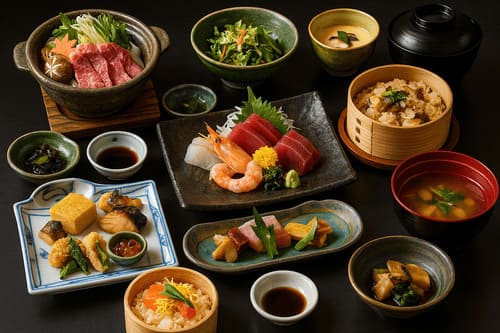
Before we jump into the food itself,
you might want to know how to find good places to eat in Japan.
Check out the guide below for tips on choosing restaurants:
1. When to Go Big – Foods That Deserve a Little Luxury
These are the famous dishes that every traveler is interested in.
1-1. Sushi
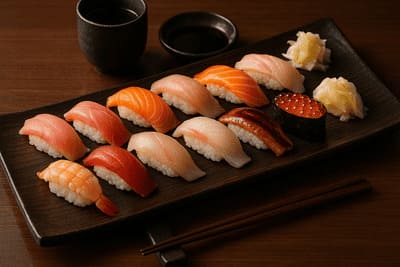
Of course, let’s start with sushi.
There are roughly three common ways to experience it in Japan: high-end sushi restaurants, conveyor-belt sushi, and supermarket or convenience store sushi.
First: high-end sushi restaurants.
If your budget allows, this option is almost guaranteed to be a win.
Expect to spend anywhere from $100 to $400 per person—sometimes more at ultra-luxury spots.
The chef prepares the sushi right in front of you and places it piece by piece on the counter.
While each restaurant has its own style, and preferences vary by individual, it’s rare to find a truly bad one at this level.
That said, some places can feel intimidating—especially if you don’t speak Japanese.
There’s a certain mystique around sushi chefs with a “difficult” personality, and in some cases, that reputation actually tracks with quality.
If you can go with a Japanese friend, it’ll make things smoother.
Second: kaitenzushi (conveyor-belt sushi).
Much more casual and budget-friendly—expect $15 to $50 per person.
Most places let you order via touch panel, so no language required.
There’s usually a wide variety, and not all items involve raw fish, making it beginner-friendly.
However, many kaitenzushi chains use machines to shape the rice, and the quality is generally lower than sushi made by hand.
Still, it’s worth noting: Japanese people love kaitenzushi, too.
Third: supermarket or convenience store sushi.
Yes, it exists. Yes, it’s cheap.
Yes, you might find blog posts saying it’s “surprisingly good.”
But let’s be honest: that’s like saying frozen pizza counts as authentic Italian cuisine.
It’s the difference between Major League Baseball and Little League,
or between a Netflix stand-up special and a story your uncle tells every Thanksgiving.
Sure, Japanese people buy packaged sushi sometimes.
But if you want to experience real sushi, this is not the path.
1-2. Wagyu Beef
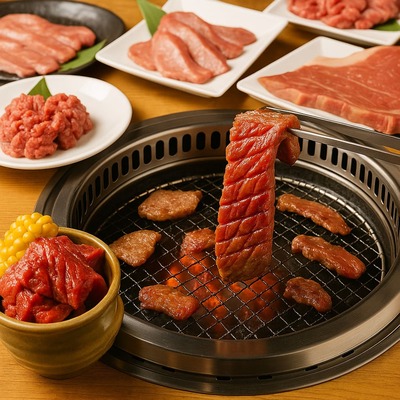
Not too long ago, there was a common belief in Japan that foreigners preferred firm, lean cuts of meat—and that they wouldn’t enjoy fatty, squishy stuff like Wagyu.
Even as a kid, I thought, “That can’t be right.”
And nowadays, I think I’ve been proven correct—because many visitors fall head over heels for the melt-in-your-mouth texture of Wagyu.
There are several popular ways to enjoy Wagyu in Japan—such as yakiniku (grilled meat), sukiyaki (hot pot), teppanyaki (iron plate grilling), and shabu-shabu (Japanese-style hot pot).
Among these, yakiniku is especially recommended.
At a yakiniku restaurant, you grill the meat yourself on a small stove built into the table.
The quality of your meal partly depends on how well you cook it—but that’s part of the fun.
It’s a uniquely interactive experience, and one that Japanese people also love.
You’ll find good yakiniku restaurants all over Japan.
Expect to spend around $50 to $150 per person, depending on the cuts you order.
Other styles like sukiyaki, teppanyaki, and shabu-shabu each have their own appeal,
but if you want flavor, fun, and full-on Wagyu immersion in one sitting, yakiniku is hard to beat.
1-3. Unagi
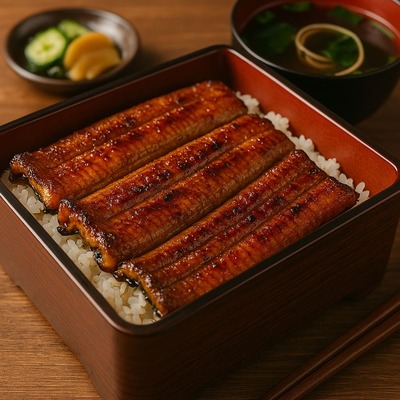
If you want to try unagi (eel) in Japan, there’s really only one way to do it:
go to a specialty restaurant.
Supermarket or convenience store eel just doesn’t compare.
The most common unagi dish is called unadon or unaju, and the only real difference between the two is the type of container it’s served in.
It’s grilled eel glazed with a sweet soy-based sauce, served over rice.
You can sprinkle a bit of sansho (Japanese pepper) on top if you like—it gives it a nice kick.
Now, a quick word of warning:
Unagi is an endangered species.
It’s not exactly the most eco-friendly food choice out there.
That said… it’s unbelievably delicious.
And once you try it, there’s a decent chance you won’t be able to stop.
Think of it as the culinary equivalent of a controlled substance.
Highly addictive. Legally available. Questionably sustainable.
Eat responsibly.
1-4. Tempura
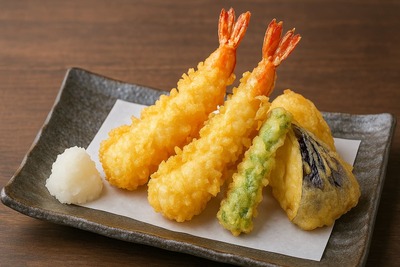
Like unaju, tempura is best enjoyed at a specialty restaurant.
Supermarket or cheap chain versions just don’t do it justice.
Some places offer surprisingly good tempura at affordable prices,
but in general, budget tempura tends to be soggy, greasy, or just plain sad.
If you want the real deal—crispy, delicate, freshly fried—you’ll want to spend a bit more.
Most good restaurants fall in the $30–$50 per person range.
If you’re paying more than that, chances are you’re also paying for the atmosphere and the pretty plating—not just batter and shrimp.
By the way, here’s a regional twist:
If you order “tempura” in some parts of Kyushu—especially Kagoshima—
you might get a completely different dish: a fried fish cake known as satsuma-age.
Delicious? Absolutely.
What you expected? Not exactly.
So if you’re heading to southern Japan, maybe double-check that menu photo before ordering.
1-5. Tonkatsu

Tonkatsu is a breaded, deep-fried pork cutlet—usually either fillet or loin—served with salt or a sweet-savory tonkatsu sauce.
It typically comes as a set meal with rice, shredded cabbage, and miso soup.
To be honest, I wasn’t sure whether to include tonkatsu in this Fine Cuisine category.
It’s such a common dish in everyday Japanese life that it doesn’t feel particularly “fancy” to us.
But here’s the thing:
If you want to try really good tonkatsu, you’ll need to go to a specialty restaurant—
and you’ll probably spend around $
1-6. Soba
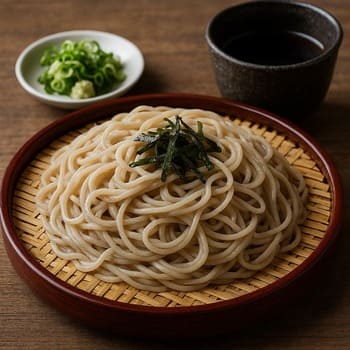
Sure, you can grab a bowl of soba at a train station stand for a few hundred yen. But if that’s your only soba experience in Japan, it’s like judging all of Italian cuisine based on airport pizza.
True soba is delicate, fragrant, and handcrafted with love (and often, a bit of obsessive precision). Whether it’s juwari soba (100% buckwheat) or nihachi soba (80% buckwheat, 20% wheat), there’s a whole world of technique behind these noodles.
What makes it even more fascinating? You don’t just slurp it—you sip the water it was boiled in, called sobayu, mixed with the leftover dipping sauce at the end of the meal. (Yes, seriously. It’s like the espresso after your pasta.)
Unlike udon, which can still taste great at budget chains, soba is something you’ll want to try at a specialty shop if you care about the real thing. Many cheap restaurants serve both soba and udon, but in those places, soba often exists just to fill the stomach, not to impress the soul.
For the authentic experience, seek out a soba-focused restaurant. Prices range from $10 to $35, depending on the craftsmanship, location, and toppings. Pro tip: If the place looks like it hasn’t changed in 50 years and the chef doesn’t talk much, you’re probably in for something special.
2. Keep It Simple – Cheap but Amazing Japanese Eats
This is where the real fun begins.
You could even say that the soul of Japanese cuisine lives here.
In Japan, these dishes are often called B-class gourmet—comfort food that’s cheap, casual, and seriously delicious.
They may not be fancy, but they’re the kind of meals that locals line up for, swear by, and never get tired of.
2-1. Ramen
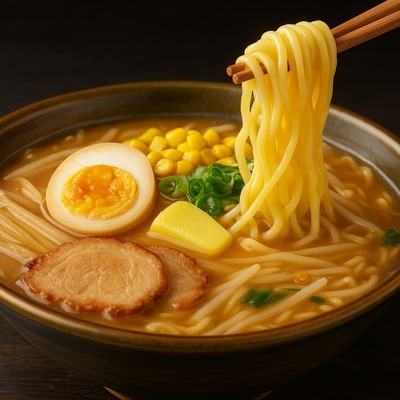
Ramen isn’t about money.
That might sound a little dramatic,
but I mean it both in terms of price and the size of the shop.
Some of the best ramen in Japan comes from tiny, owner-run shops—sometimes just a single chef behind the counter.
In fact, it’s often those humble places that attract ramen maniacs from across the country—and long lines to match.
You’ll also find ramen shops everywhere in Japan.
Some are amazing. Some… not so much.
So how do you know if the place in front of you is worth walking into?
I wish I knew.
I’m not trying to be cryptic or clever here—it’s just really hard to tell until you try it.
If there’s a crowd, that’s usually a good sign.
But depending on the time of day, you might not have that clue either.
So here’s a safe bet:
If you’re not looking for the best ramen ever—but just want to avoid a bad one—go with a major chain.
Take Ichiran, for example—one of the most popular chains among tourists these days.
It’s not unusual to see huge lines even on weekdays.
Just the other day, I took one look at the crowd… and walked away.
Yes, even I—a local Japanese—couldn’t deal.
2-2. Curry Rice
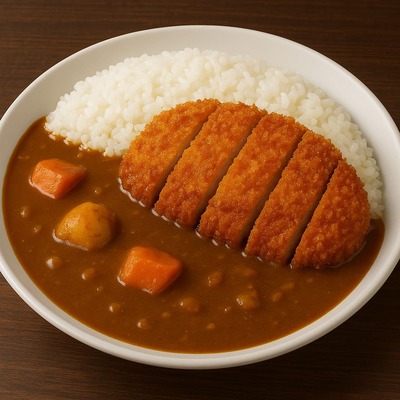
Curry may have originated in India,
but it has taken on a life of its own in Japan—so much so that many would now call it a national dish.
If you’re visiting from the UK, you might be familiar with katsu curry.
Well, fun fact: that version actually started in Japan.
Here’s a fun way to think about it:
Curry was born in India, traveled to the UK, got “heavily modified” in Japan…
and then returned to the UK in a completely different form.
From the curry’s perspective, it’s practically an epic adventure.
And by the way—when we say katsu curry in Japan,
we usually mean a pork cutlet on top of curry rice, not chicken.
You don’t need a fancy restaurant to enjoy it.
There are plenty of great curry specialty shops,
but if you’re not sure where to start, give CoCo Ichibanya a try—a nationwide chain loved by locals.
At CoCo Ichibanya, you can customize almost everything:
toppings, the amount of rice, even the spice level of the roux.
It’s fast, satisfying, and budget-friendly. What’s not to love?
2-3. Gyudon
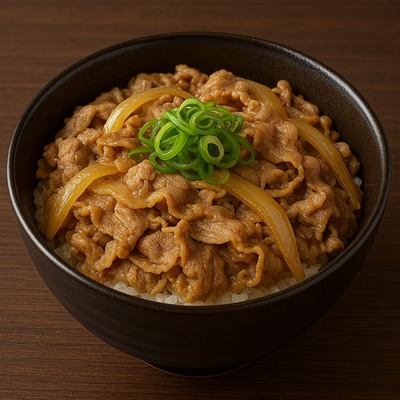
Gyudon—beef and onions simmered in a sweet-savory sauce and served over rice—is a classic Japanese comfort food.
It’s cheap, fast, satisfying… and absolutely everywhere.
The big three chains—Yoshinoya, Matsuya, and Sukiya—all serve reliable, delicious bowls of gyudon.
You can’t really go wrong with any of them.
I’m not a gyudon fanatic or anything,
but I’ve probably eaten Yoshinoya’s beef bowl over a thousand times in my life.
And honestly?
That’s not even unusual for a typical Japanese guy.
2-4. Izakaya
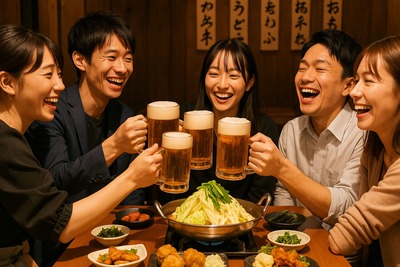
“Izakaya” isn’t a specific dish—it’s a style of eating and drinking that’s uniquely Japanese.
Think of it as something between a pub and a casual restaurant,
where you share small plates, enjoy drinks, and soak up the vibe.
You’ll often find classics like karaage (fried chicken), yakitori (grilled skewers), tamagoyaki (Japanese omelet), and even sashimi on the menu.
But not all izakaya experiences are created equal.
Here are three types of places to look for, depending on your style:
① Chain Izakaya – Reliable & Beginner-Friendly
Chains like Torikizoku or Tsukada Nojo offer clear menus (often with pictures), consistent service, and budget-friendly prices.
They’re a great starting point if you’re new to izakaya culture.
② The Salaryman Hotspot – Loud, Cheap, Delicious
If you find a place packed with office workers shoulder-to-shoulder, you’ve likely struck gold.
These spots are often near train stations and serve up tasty food at great prices.
Just be ready for a lively (read: noisy) atmosphere.
③ Small Counter Izakaya – Personal & Quiet
Looking for something low-key and intimate?
Try a tiny, counter-only izakaya run by a single chef.
It might feel intimidating at first, but you’ll often find some of the most memorable meals—and maybe even a conversation you didn’t expect.
💡 Pro tip:
Avoid places where staff aggressively call out to passersby outside.
Those spots tend to be more tourist-focused and less trustworthy.
2-5. Udon
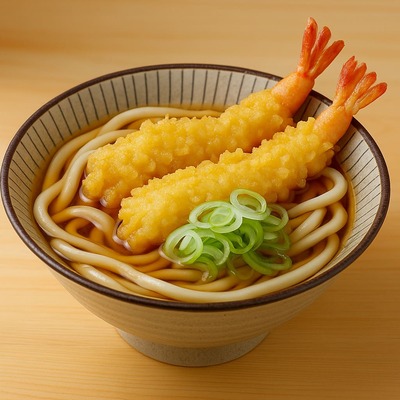
Udon are thick, chewy noodles made from wheat flour, typically served in a light dashi-based broth.
They can be enjoyed either hot or cold—and both versions are equally delicious.
When it comes to eating udon, you have three great options:
- One: Travel to Kagawa Prefecture, the spiritual home of Sanuki udon,
and try the real thing at a local specialty shop. - Two: Visit a nationwide chain, like Marugame Seimen or Hanamaru Udon,
where you’ll get a solid bowl for around $5.
Unless you’re headed to Kagawa, these chains are more than good enough—and very popular among locals too. - Three: Try a standing udon shop at a train station.
Everyone there moves with the precision of a seasoned professional,
silently exchanging a few coins for noodles—and disappearing within minutes.
If you’ve ever wanted to eat in complete silence… or join a group of people who definitely do, this one’s for you.
2-6. Takoyaki / Okonomiyaki
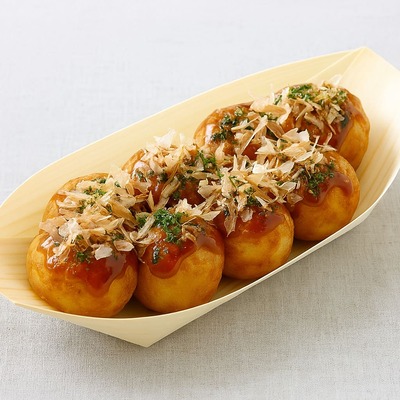
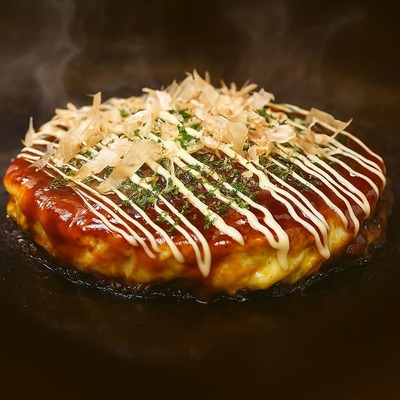
These are two famous flour-based dishes from Osaka—often considered the city’s true soul food.
If you have a chance to visit Osaka, definitely give them a try.
But don’t worry—you can find them in many other parts of Japan as well.
They’re not particularly difficult dishes to make, so you’re unlikely to be disappointed no matter where you eat them.
That said…
whenever I tell Osaka locals this, they get oddly upset.
I guess that’s just how soul food works.
2-7. Monja-yaki
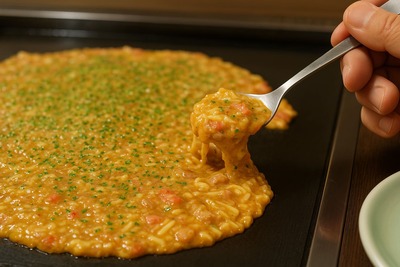
Monja-yaki is a Tokyo specialty, especially known in the Tsukishima area.
It’s a rather unusual dish made by mixing flour, water, and finely chopped ingredients,
then cooking the mixture on a griddle and eating it directly with a small metal spatula.
The result?
Let’s just say—it’s not the most photogenic dish out there.
It kind of looks like something that came out of your stomach, rather than something going in.
And yet… I love it.
It’s a truly local experience, and you won’t find anything quite like it outside of Japan.
If you’re in Tokyo, you can find monja-yaki in tourist areas like Asakusa,
but if you’re up for the real deal, I recommend heading to Tsukishima, its traditional home.
3. For the Adventurous – Unique Flavors for the Brave
3-1. Natto
Natto is made from fermented soybeans and is often eaten over rice—
some even consider it a national dish.
It’s especially common at breakfast, and some people eat it every single day.
But here’s the catch: natto is famously divisive, even among Japanese people.
Its strong smell, sticky texture, and stringy consistency can be off-putting—
and that’s before you mix it with raw egg, which makes some foreigners say, “Are you insane?”
You won’t find natto at many restaurants, so chances are you’ll only encounter it
if you stay at a Japanese-style inn and get lucky (or unlucky?) at breakfast.
But if you do get the chance, I say go for it. Try it once.
You won’t find the umami in the flavor so much as in the cultural experience.
This isn’t wagyu or tempura—this is the deep end of Japanese food culture.
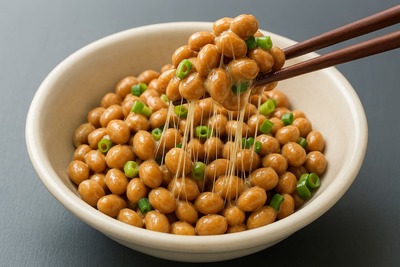
3-2. Shiokara
Shiokara is a salty seafood delicacy, most commonly made from squid.
The basic recipe? Shredded squid, mixed with its own guts and a very generous amount of salt.
Its intense flavor—salty, funky, and briny—is beloved by connoisseurs,
though it has become less common in recent years due to health trends.
But here’s why I’m including it: it pairs ridiculously well with sake.
If you’re bringing some sake back from your trip to Japan (and you probably will),
do yourself a favor and grab some shiokara too—usually found in the refrigerated section of souvenir shops.
If you can understand how blue cheese and wine can go together,
there’s a chance—just a chance—you’ll fall for this funky, fermented duo too.
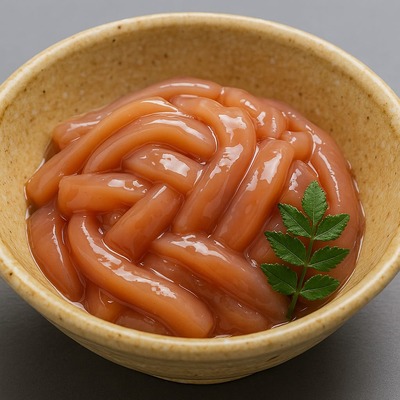
4. Just One Last Bite
Japan has much more to offer than just sushi and ramen.
These days, Japan may feel more affordable than ever—at least from a traveler’s point of view.
So if you find yourself here, go ahead and forget about your diet for a moment, and eat to your heart’s content.
With a big appetite and a bit of curiosity,
you just might conquer it all.
If your appetite’s ready but you’re not sure where to go,
this guide might help you navigate Japan’s sea of restaurants:
You might also like:


